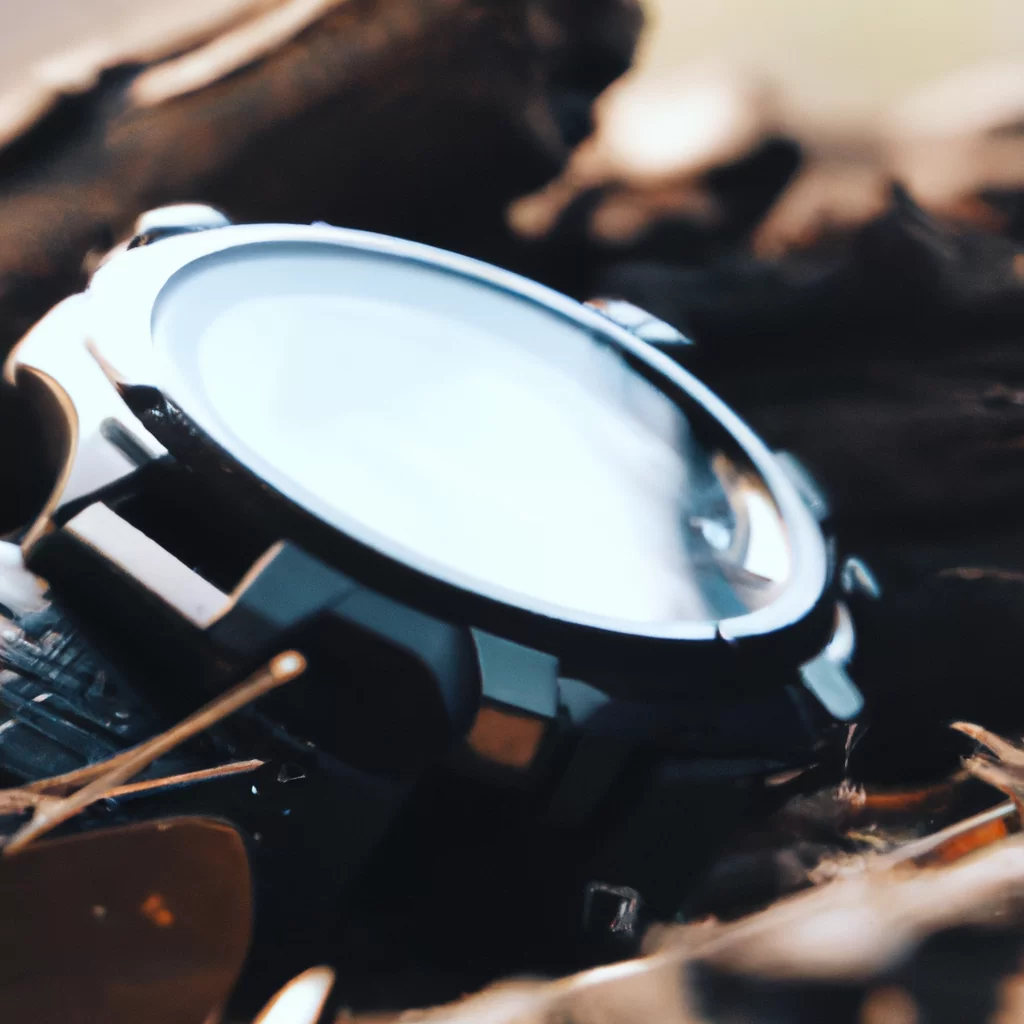How does a digital watch work?


How does a digital watch work?
Have you ever wondered how a digital watch works? Unlike traditional watches that rely on mechanical movements to keep time, digital watches use electronic components to keep track of time. In this article, we will explore the inner workings of digital watches, including the quartz movement, electronic components, timekeeping accuracy, and watch mechanics.
Quartz Movement
One of the key components of a digital watch is the quartz movement. Quartz is a mineral that produces an electrical charge when pressure is applied to it. In a digital watch, a tiny piece of quartz is cut into the shape of a tuning fork and then placed inside the watch. When an electrical charge is applied to the quartz, it vibrates at a precise frequency. This vibration creates a signal that is used to keep time.
Electronic Components
In addition to the quartz movement, digital watches also contain a variety of electronic components. These components include a microcontroller, LCD display, battery, and buttons. The microcontroller is the brain of the watch, and it controls all of the watch’s functions. The LCD display is used to display the time and other information, such as the date and stopwatch functions. The battery provides power to the watch, and the buttons are used to set the time and access other functions.
Timekeeping Accuracy
One of the advantages of digital watches is their high level of timekeeping accuracy. Unlike traditional watches, which can lose or gain time over time, digital watches are extremely precise. This is because the quartz movement vibrates at a constant frequency, which allows the watch to keep time with a high degree of accuracy. In fact, many digital watches are accurate to within a few seconds per month.
Watch Mechanics
While digital watches do not rely on traditional watch mechanics, they still contain a variety of moving parts. These parts include the buttons, which are used to set the time and access other functions, and the LCD display, which uses liquid crystals to display the time and other information. Digital watches also contain a variety of gears, which are used to transfer power from the battery to the quartz movement.
Conclusion
In conclusion, digital watches rely on a combination of electronic components and watch mechanics to keep time. The quartz movement is the heart of the watch, and it produces an electrical charge that is used to keep time. Electronic components such as the microcontroller, LCD display, battery, and buttons are used to control the watch’s functions and display the time. With their high level of timekeeping accuracy and sleek design, it’s no wonder why digital watches have become so popular in recent years.
Recent Posts
How do I create an engaging and informative online quiz or assessment?
Creating an engaging and informative online quiz or assessment can be a powerful tool for… Read More
What are the most effective methods for managing and reducing work-related stress in the hospitality industry?
Work-related stress is a common issue in the hospitality industry, where employees often face long… Read More
How can I improve my assertiveness and communication skills in a leadership position?
In a leadership position, assertiveness and effective communication skills are crucial for success. Being able… Read More
What are the key elements of a successful employee recognition and rewards program?
Employee recognition and rewards programs play a crucial role in motivating and engaging employees, as… Read More
How do I effectively manage and respond to customer feedback and reviews?
Customer feedback and online reviews play a crucial role in shaping a company's reputation and… Read More
What are the best strategies for effective time management as a stay-at-home parent?
Effective time management is crucial for stay-at-home parents who juggle multiple responsibilities on a daily… Read More